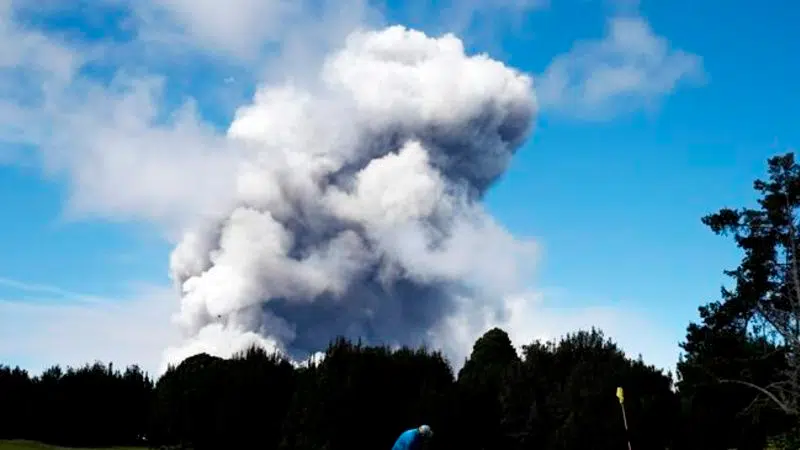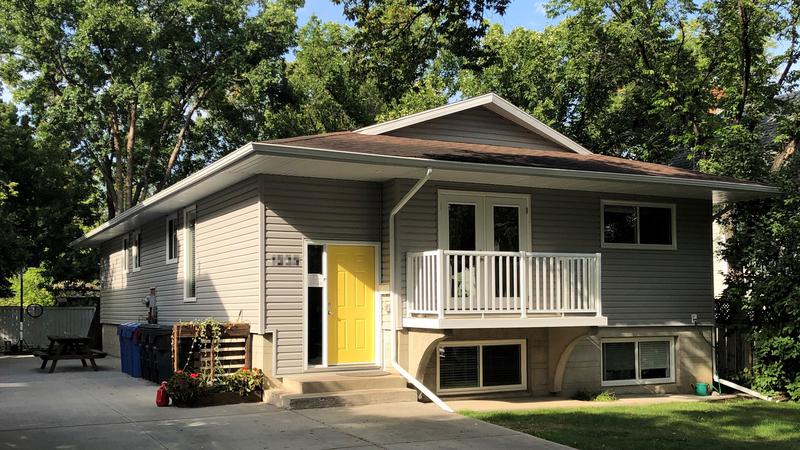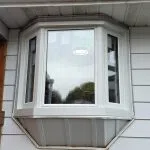
Historic Hawaii volcano eruption scarred landscape, lives
LEILANI ESTATES, Hawaii — A year after a volcano on Hawaii’s Big Island rained lava and gases in one of its largest and most destructive eruptions in recorded history, people who lost their homes and farms in the disaster are still struggling to return to their cherished island lifestyle.
More than 700 homes were destroyed in the historic eruption, and most people will never move back to their land.
Over the course of four months, Kilauea spewed enough lava to fill 320,000 Olympic-sized swimming pools, burying an area more than half the size of Manhattan in up to 80 feet (24 metres) of now-hardened molten rock. The lava reduced landmarks, streets and neighbourhoods to a vast field of blackened boulders and volcanic shard.


